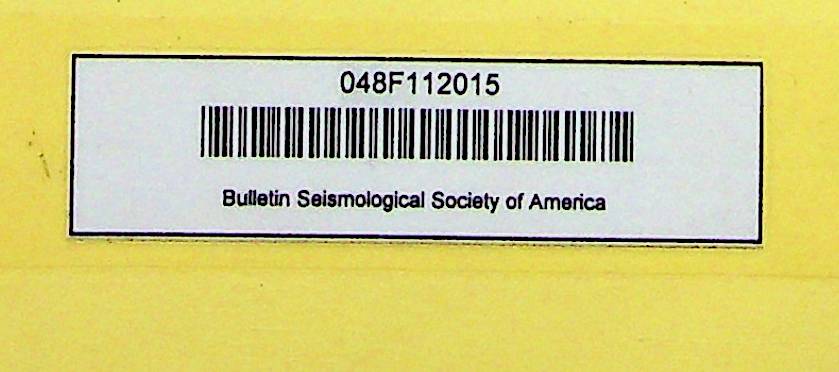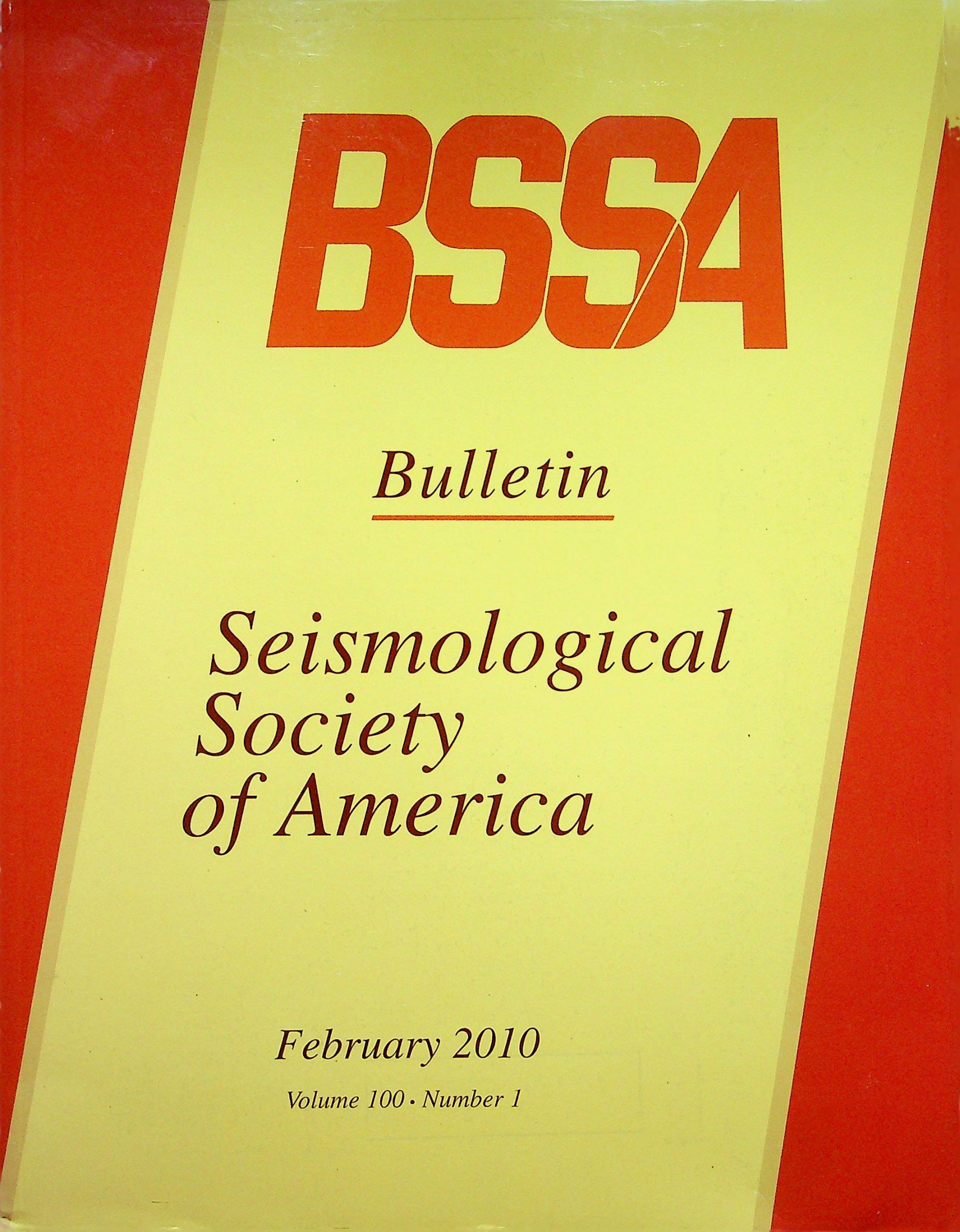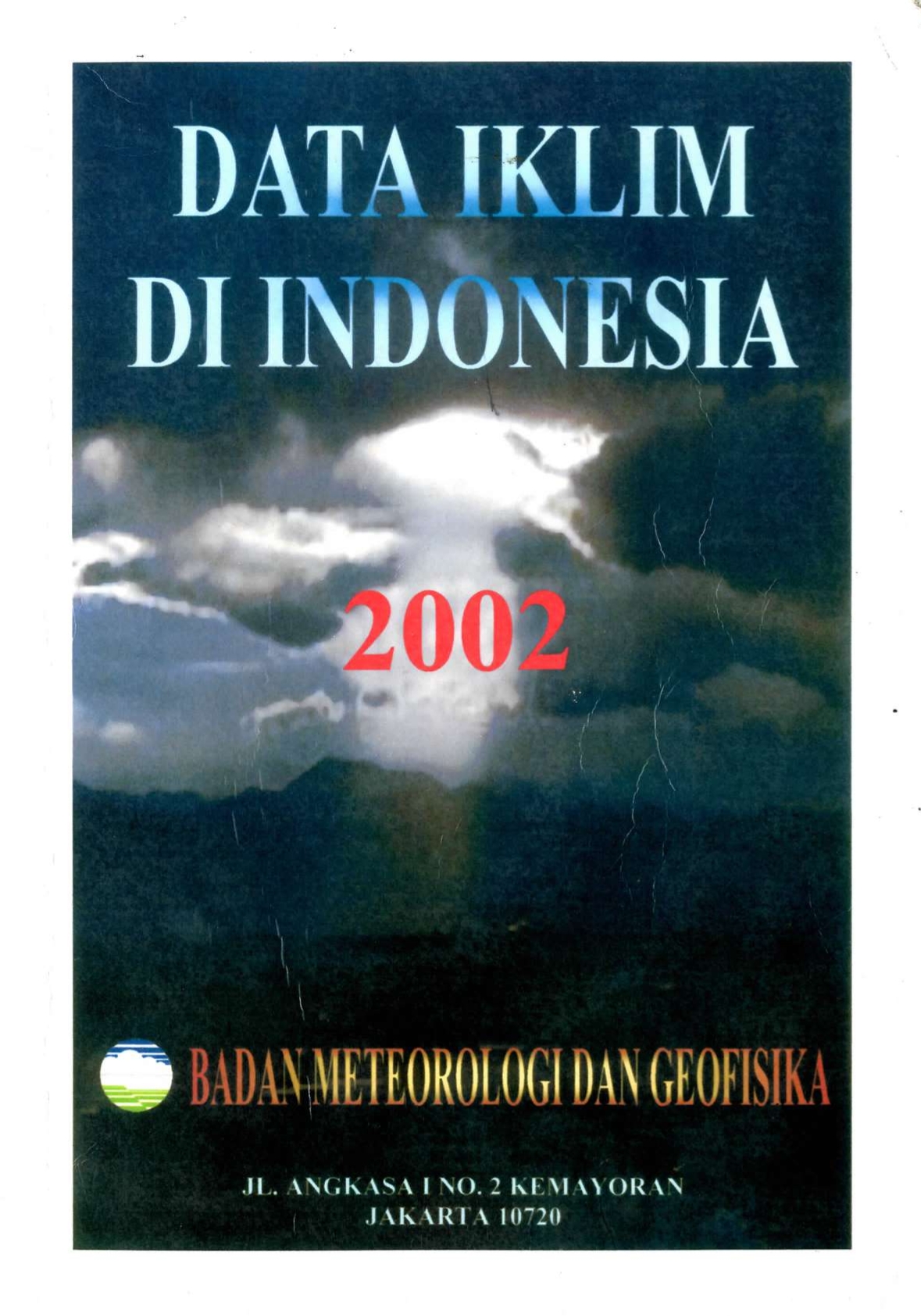Abstract This study investigates the characteristics of the free-field strong-motion records that have yielded the 100 largest peak accelerations and the 100 largest peak velocities in a relatively complete database of accelerograms recorded through the summer of 2007. The peak is defined as the maximum zero-to-peak amplitude of the acceleration or velocity vector during the strong shaking. This compilation includes 35 records with peak acceleration greater than g (980 cm/sec2) and 40 records with peak velocities greater than 100 cm/ sec. The results sample an estimated 150,000 instrument-years of strong-motion recordings. The geometric mean of the two horizontal components of acceleration or velocity, as used in many groundmotion prediction equations, is typically 0.76 times the magnitude of this vector peak. Accelerations in the top 100 come from earthquakes as small as magnitude 4.8, while velocities in the top 100 all come from earthquakes with magnitude 5.7 or larger. These records are dominated by crustal earthquakes with thrust, oblique-thrust, or strike-slip mechanisms. Normal faulting mechanisms in crustal earthquakes constitute under 5% of the records in the databases searched and an even smaller percentage of the 100 largest acceleration or velocity records. All National Earthquake Hazard Reduction Program site categories have contributed exceptional records, in proportions similar to the extent that they are represented in larger databases.
Buku lain-lain
-
No Scan209
-
No Klasifikasi-
-
ISBN
-
ISSN-
-
No Registrasi048F112015
-
Lokasi Terbit
-
Jumlah Hal43
-
Label-







